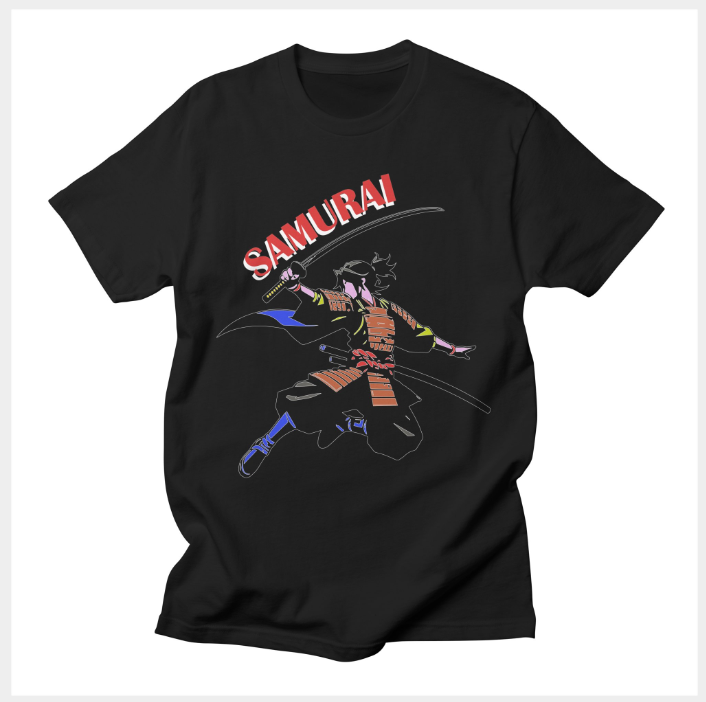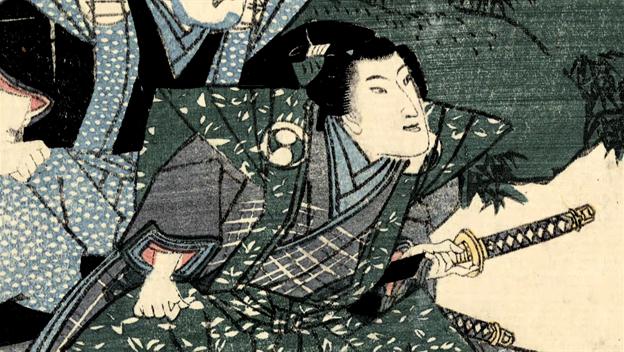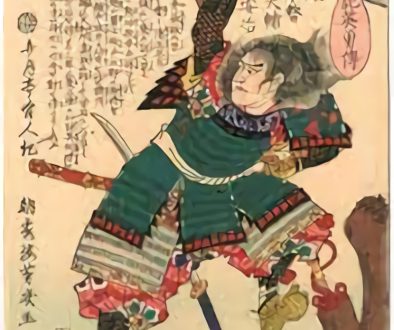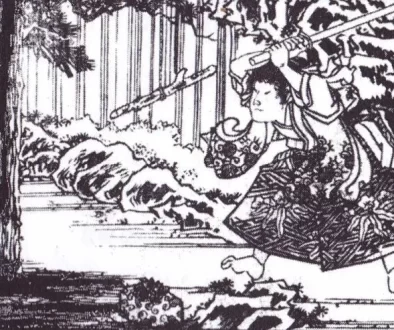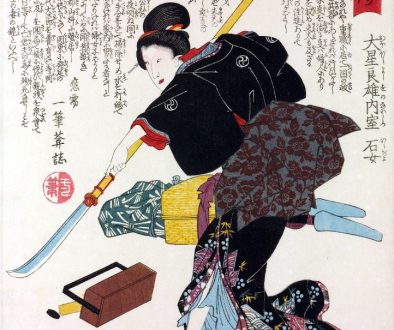Names
Samurai had one of the most interesting methods of naming themselves in history. They would look to the past and use one kanji character from either their father or grandfather and then from the present, and one new kanji character. Often names were made up of particular elements that would represent the many parts of the samurai’s life.
A clan name could be used as the first part to reflect the clan that the samurai were from and their family tree. The second part of their name can then be their job title or their current position.
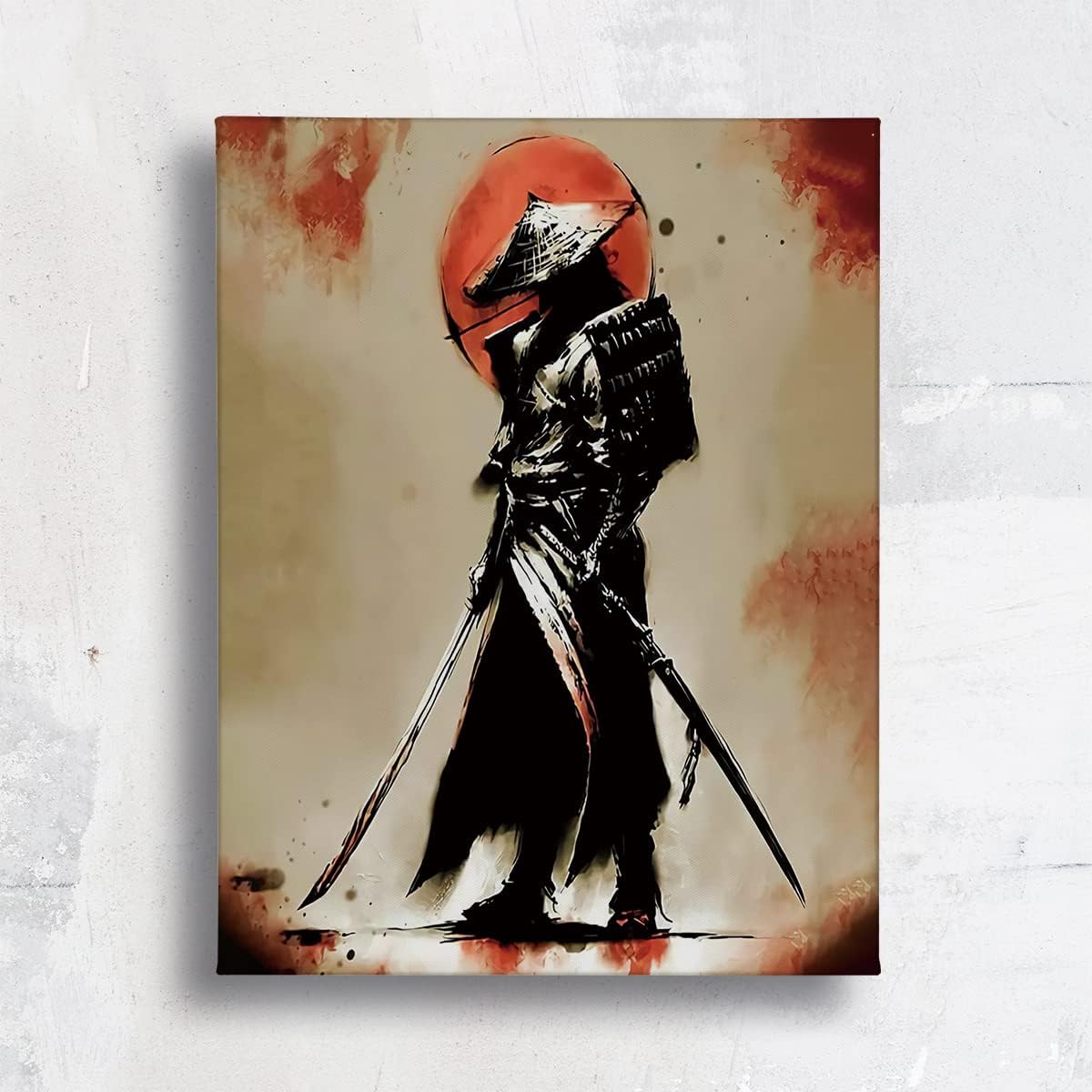
They could then combine as the third part their formal nickname, called their yobina, and the final part of the name would be their adult name also known as their nanori.
An adult name (nanori) is given to a samurai at their coming of age ceremony, known as the Genpuku.
What is a Samurai Name? & Who are the Samurai
Samurai warriors were warriors who were trained and disciplined in the arts of war. They had a very high honor and were loyal to their master. A Samurai’s way of life was defined by his or her intent to follow the ‘bushido’, which is a set of virtues that all samurai should follow.
The honor and warrior spirit associated with the samurai has been highly romanticized and praised, but there is no denying that they were also ruthless killers.
Samurai Beginnings
Samurai was a title and position within feudal Japan. The word “samurai” comes from the Japanese verb “to serve”, and is derived from the archaic “saburau”.
The samurai typically wore two swords: a long sword and a short sword (wakizashi). Samurai were expected to be skilled in combat, but also cultured as well as deeply knowledgeable about their society’s history. They were not just aristocrats, but also expert generals.
Samurai Names in the Edo Period
Samurai were the elite warriors of Japan during the Edo period. They carried out a variety of services for their lords, including fighting in battles, apprehending criminals, and even governing territories.
A samurai’s name was said to be his soul. Samurai names are usually composed of two kanji characters because this is the only way to write one’s name in kanji. The first character is usually taken from a kanji associated with either one’s family or one’s personal characteristics, while the second character is often written with a meaning that complements or balances that of the first. For example, because ‘忠’ means “faithfulness” and ‘義’ means “justice”, Japanese people may use these two kanji to write the word ‘忠義
The Meiji Restoration and the End of Samurai Names
The Meiji Restoration was a period in Japan that started in 1868. It was the time when the Emperor took power over Japan. The government, which was controlled by samurai before, was now controlled by people without samurai names.
The Meiji Restoration brought an end to feudalism and began a new era of modernization where there were no more samurai with samurai names.
Determining Your Clan or Family Clan Based off Your Name
The clans of Japan and how to determine which one you belong to based on your first name. Clans in Japan were originally called “家族 (ie)” and they started as a family unit that lived together on a farm. Clans were made up of many people related by blood or marriage.
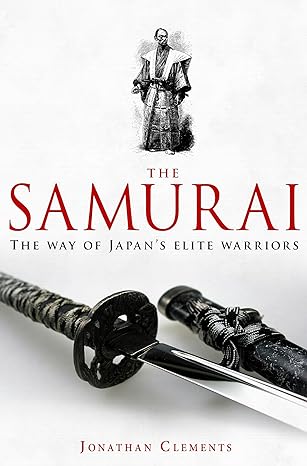
The samurai clan system began with the Minamoto and Taira clans in 1185, and it existed until 1868 when the emperor was restored to power after almost two hundred years of shogunate rule. There are many different types of clans: samurai, merchant, peasant, hunter-gatherer, Buddhist monk, etc.
Common Title for Samurai was Ronin
A samurai was a warrior in feudal Japan. A samurai’s rank and status reflected the quality of his equipment and his social origin. The lowest rank of samurai, or “ronin”, was an outcast who had lost his lord and did not belong to any feudal clan.
